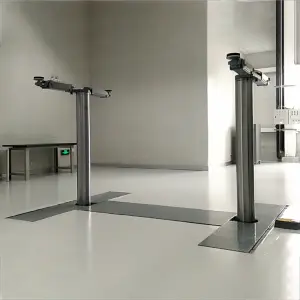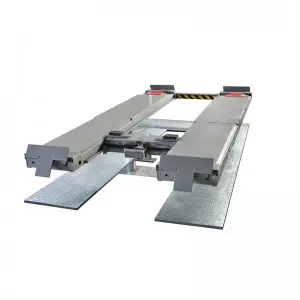Cylinders have been an integral part of human civilization for centuries. From their ancient origins to their numerous modern applications, these versatile and intriguing objects have played a significant role in various fields. Let’s delve into the history, mechanics, and contemporary uses of cylinders to unveil the captivating aspects of these cylindrical wonders.
The earliest evidence of cylindrical objects dates back to ancient Mesopotamia and Egypt, where clay cylinders were used as seals for administrative purposes. These seals, intricately engraved with unique symbols and patterns, served as a mark of authenticity and were rolled onto wet clay to leave an impression. The cylindrical shape facilitated a sturdy grip, enabling an individual to apply enough pressure for a clear seal.

Exploring the Fascinating World of Cylinders: From Ancient Inventions to Modern Applications
With advancements in metallurgy, ancient civilizations began creating cylindrical objects out of various metals. One notable example is the Antikythera mechanism discovered in a shipwreck off the coast of Greece. This intricate mechanical device, dating back to the 2nd century BCE, housed a complex arrangement of gears and served as an astronomical calculator. The precision required for its functioning was made possible by the careful crafting of its cylindrical components.
Moreover, cylinders found their significance in architecture during the Hellenistic period. The remarkable architectural achievements of the ancient Greeks employed cylindrical elements prominently. The iconic columns of the Parthenon and other Greek temples showcase the elegance and strength of these cylindrical structures. The use of cylinders in architecture continued throughout history, with famous examples like the iconic dome of the Hagia Sophia in Istanbul and the towering skyscrapers of today.
The mathematical properties of cylinders have also fascinated scholars for centuries. Ancient Greek mathematicians like Archimedes and Euclid made significant contributions to our understanding of this geometric shape. They calculated the surface area, volume, and other properties of cylinders, paving the way for advancements in the field of geometry. These mathematical insights remain essential in numerous academic disciplines and practical applications today.
The industrial revolution brought about revolutionary changes to the world of cylinders. The invention of the steam engine by James Watt was a turning point in the history of civilization. The steam engine, powered by cylinders, became a fundamental element in various industries, facilitating the mechanization of processes and propelling the progress of human civilization. Cylinders played a crucial role in transforming the world into the modern industrialized era.
In modern times, cylinders continue to play an indispensable role in our daily lives. From small gas cylinders used for camping and cooking to large-scale industrial cylinders, they are vital for the storage and transportation of gases and liquids. Cylinders are utilized in diverse industries, including healthcare, aerospace, manufacturing, and even in the production of renewable energy.

Exploring the Fascinating World of Cylinders: From Ancient Inventions to Modern Applications
One popular application of cylinders is in the automotive industry. The internal combustion engine, found in most vehicles, relies on cylindrical pistons housed in cylinders to convert fuel into mechanical energy. These cylinders are precisely designed to ensure optimal performance, efficiency, and longevity of the engine. As electric vehicles gain prominence, cylindrical-shaped battery cells are emerging as the preferred energy storage solution.
Furthermore, advancements in medical technology have revolutionized the field of healthcare. Cylinders are widely used for the storage and administration of various medical gases, including oxygen and anesthetic gases. The standardized size and design of medical cylinders ensure compatibility with equipment and ease of transportation, making them an essential component of medical infrastructure worldwide.

Exploring the Fascinating World of Cylinders: From Ancient Inventions to Modern Applications
In conclusion, cylinders have an extensive history and a myriad of modern applications. From their humble beginnings as clay seals to their pivotal role in architecture, mathematics, industry, and technology, cylinders have shaped the course of human civilization. As we continue to innovate and explore new frontiers, the cylinder will undoubtedly remain a fundamental and fascinating element in our lives.car quick lift
